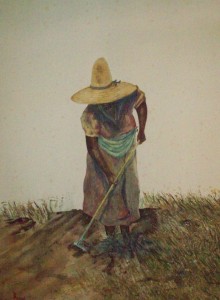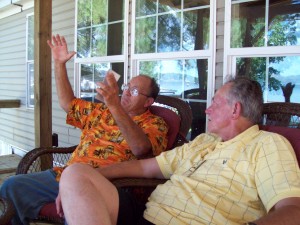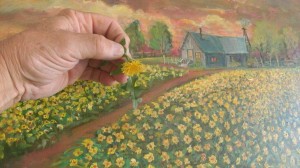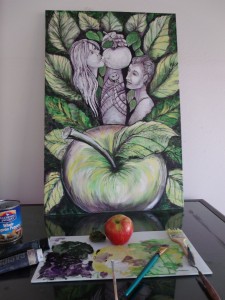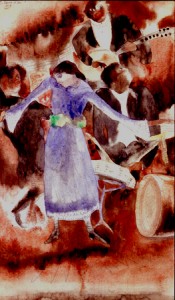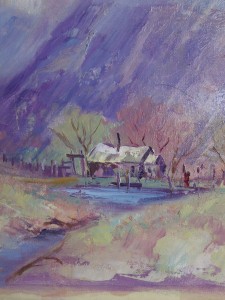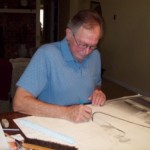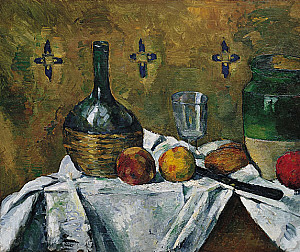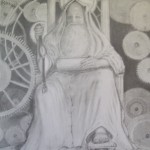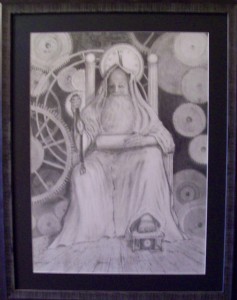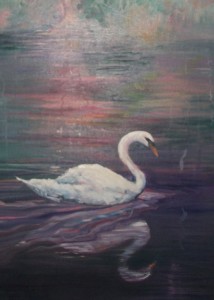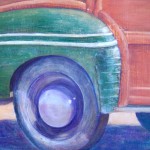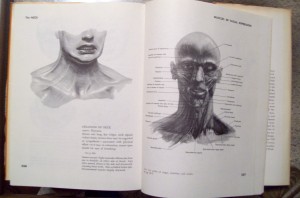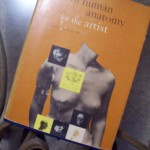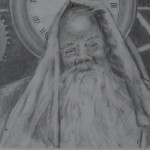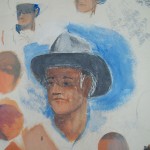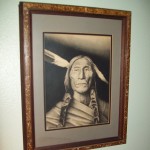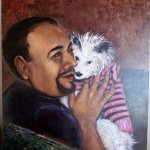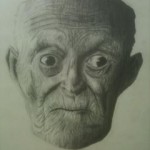
From time to time, Art Center Information prefers to refer our visitors to some selected past blog posts. Since most of our fans are artists or people that are interested in art, our passion is to progress art through awareness. In case you missed these past blog posts, we suggest you check them out. We selected three of our favorites that we feel inform and entertain. Enjoy!
Love That Dog:

This was the introduction to our new Blog Post Title: MONEY TIP, which we will post routinely to suggest ways that artists can make money while still pursuing their one great masterpiece.
Let’s face it, artists are talented in many ways, however the concept of marketing their art (in many cases) escapes them. This is simply a tip to help the artist to use their abilities to present them with a better financial life, and still allow them the time to pursue artistic dreams. To read the post, click on the picture to the right>>>
Sketching: Where Ideas Come From:
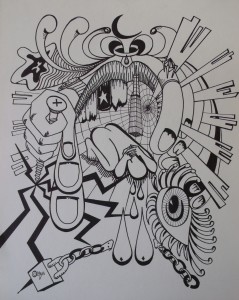
In this post, we asked: Where do ideas for a drawing or painting come from? Was it the way you noticed a person tilting their head, or had a certain gleam in their eye as you passed by them? Is it the way the sun shines through the near transparent petal of a flower? We continued to discuss the importance of those little sketches on pieces of paper or napkins artists do that come from a sudden urge when we’re struck with a scene that we feel would make a good painting or picture. Don’t miss it. Click on the picture and read on.
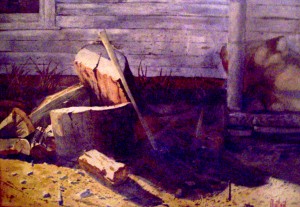
Find Your Next Painting Within Your Last Painting:
If you missed it, this is one of the most interesting articles, one of our favorites. As an artist, this may have happened to you. In this post, artist Richard D. Burton discussed finding one of his best watercolor painting came from another picture he was painting. He said, “ While I was painting the picture, Winter Farm, some years ago, I kept having a nagging feeling that there was a lot more than meets the eye to this old Ohio farmhouse. Please take time to enjoy the article by clicking on the picture to the left.
We wish to invite everybody to sign up for our newsletter. When you do we will automatically enter you in our free drawing for the art table book. (top right of page)


